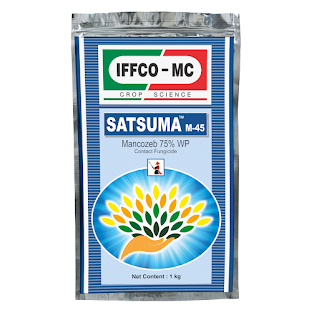What are the Diseases Caused By Fungi? How to Prevent Them?

Many farmers have to deal with pathogenic fungi, which is a deadly plant disease that is capable of destroying about a third of all food crops every year. Fungi infections affect plants through wounds, stomata, water pores, and fungal spores that are carried by the wind. Some of the common diseases caused by fungi include: Powdery Mildew: This leads to the leaves having a white, powdery growth in the infected plant. Black Spot : In this, leaves get dark spots surrounded by yellow spots. Rust : This is seen in plants when they develop rust-clouded growth on the underside of leaves. Such fungal activity and plant diseases are quite high in wet conditions with poor air circulation. Fungicides Used to Defy Plant Diseases Mentioned below are some of the most commonly used fungicides for fungus-related plant diseases: Carbendazim Carbendazim is a systemic fungicide that is applied repeatedly to control soil borne plant diseases during the growing season. Care...